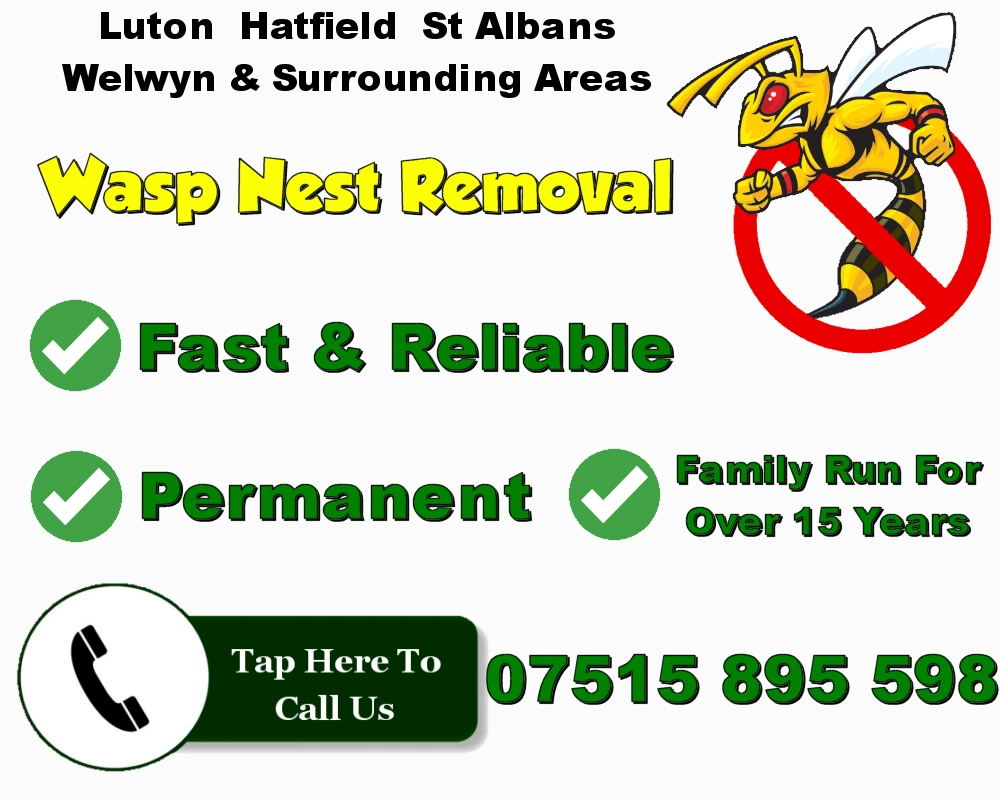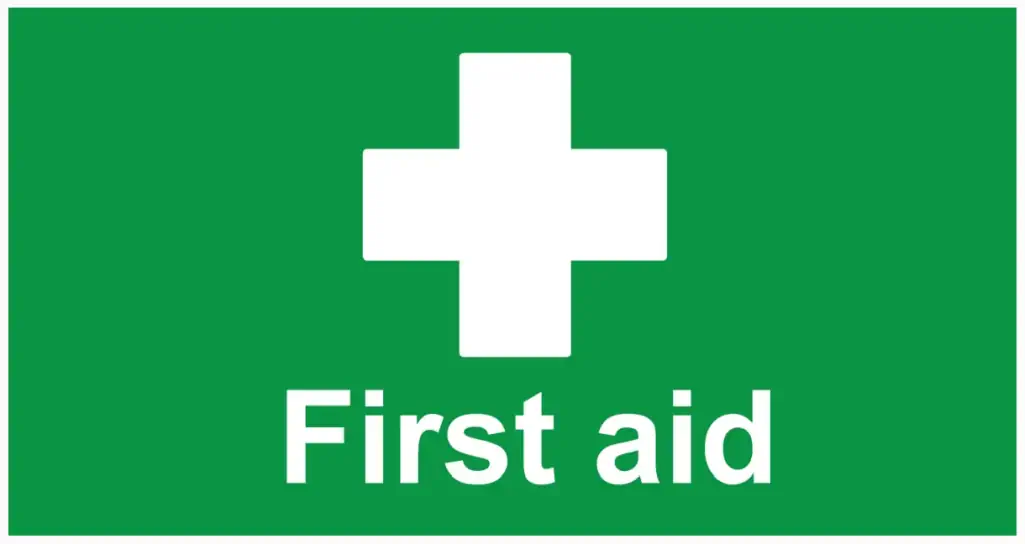Wasp stings, whether as a result of having a wasp nest or otherwise, are usually an irritation, rather than a severe reaction, though people who have a wasp sting allergy can go into anaphylaxis or anaphylactic shock. These cases are rare, with only 2% of the population susceptible to those efects.
Here are some basic first aid steps, for the majority of wasp stings:
Localalized reactions generally cause a swelling of the immediate area, typically 1cm around the sting entry point. The pain is a sharp, intense one (rather than a dull ache), and burns, but only in the affected area. This lasts for up to 1 hour, and can be treated by the following:
Scrape out the remains of the sting that is left in the skin as soon as you can. Use a thin ‘blade’, whether it be a knife edge, credit card, fingernail, etc. The sooner you do this the quicker the area will heal, and one thing to remember is that attempting to pluck it out may cause more of the wasp venom to be squeezed into the skin so it is always preferable, and advised, that the sting be scraped out.
If you are one of the rare 2% who suffer a general rather than local reaction to getting stung by a wasp, you need to call an ambulance immediately, and if you have been given an adrenaline pen for usage, follow the instructions for administration. Some of the symptoms of a general reaction are:
Itching skin all over, or many areas of the body.
Swelling of the face, neck, throat, and tongue.
If you are stung many times, which can happen if you have a busy wasps nest, you should seek medical attention as soon as possible, regardless of whether you feel you have, or know you have, an allergy, as the large amount of each dose of venom combined can cause serious illness.
These worst-case scenarios are very few and far between, so don’t be alarmed by the more extreme cases – it’s statistically unlikely that you will suffer a wasp sting in the first place, and obviously even more unlikely that you will suffer a general reaction.

